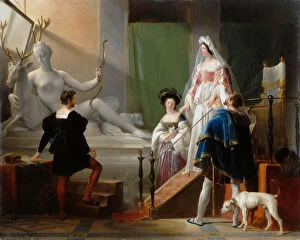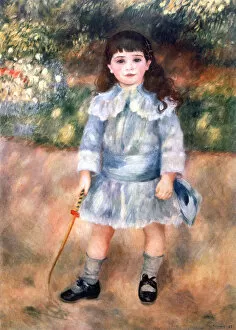Goujon Collection
"Goujon: A Journey Through Art and Culinary Delights" Step into the world of "goujon, " a term that encompasses various aspects of French culture
All Professionally Made to Order for Quick Shipping
"Goujon: A Journey Through Art and Culinary Delights" Step into the world of "goujon, " a term that encompasses various aspects of French culture, from Renaissance art to delectable fish dishes. This captivating word takes us on a visual and gastronomic adventure through time. Let's begin with French Renaissance typographic ornaments, dating back to 1898. These intricate designs, created by an unknown artist, showcase the elegance and attention to detail prevalent during this period. Just like these ornamental flourishes they can all about refinement. Moving forward in time, we encounter an illustration of edible fish from around 1923. Lithographed with precision, this artwork highlights the beauty of these aquatic creatures while hinting at their potential transformation into mouthwatering goujons - crispy pieces of breaded fish that have become a beloved culinary delight. Next up is "Goujon and Coustou, " a chromolithograph capturing two renowned sculptors whose names echo our subject matter. Their artistic prowess mirrors the skill required to create perfectly cooked goujons - golden on the outside and tender within. Intriguingly enough, even famous painters like Pierre-Auguste Renoir found inspiration in depicting children holding whips or hoops in their artworks from 1885. Perhaps they were envisioning young ones enjoying a plateful of delicious goujons after playtime – a treat fit for both young and old alike. Speaking of inspiration, Jean Goujon emerges as another enigmatic figure associated with this captivating term. Although his creator remains unknown, his legacy lives on through sculptures that embody gracefulness and finesse - qualities also found in well-prepared goujons. Jean-Marie-Claude-Alexandre Goujon (1766-1795) adds historical depth to our exploration; his life story unfolds through an artwork dated 1889.


















